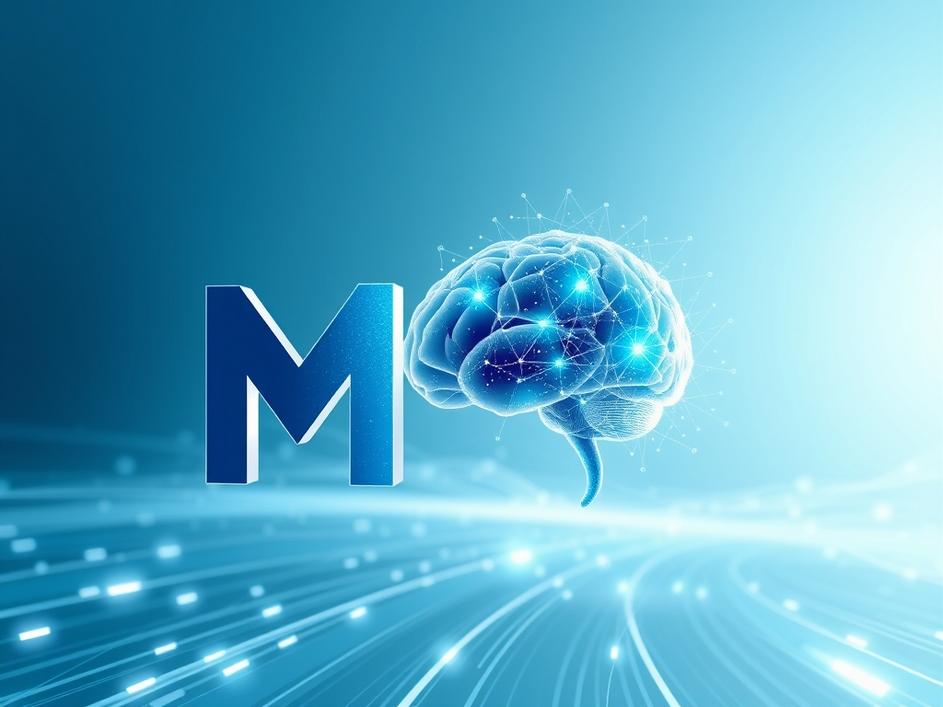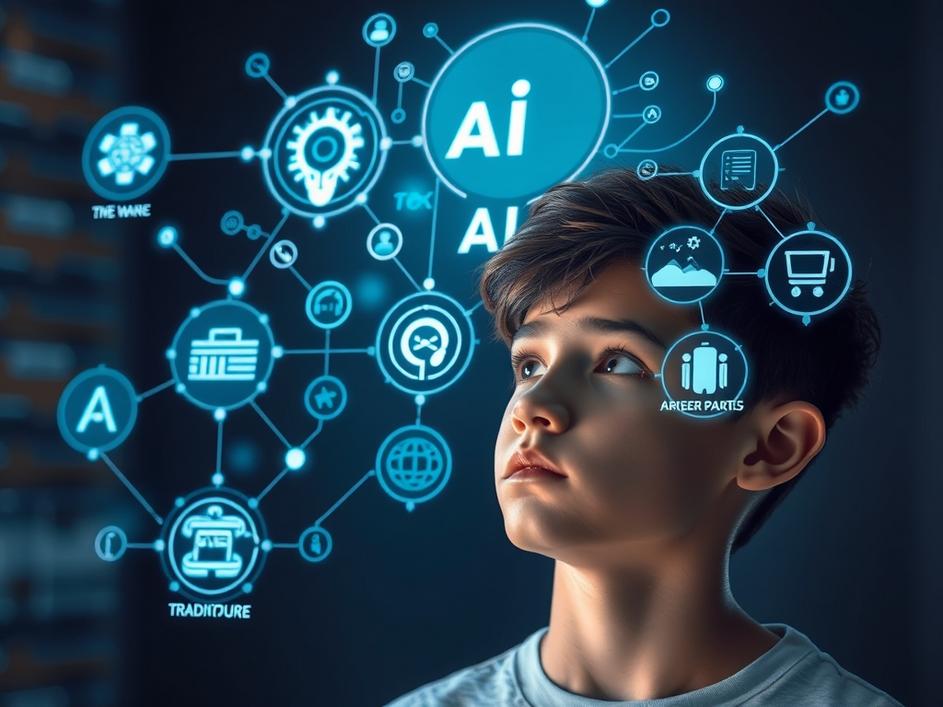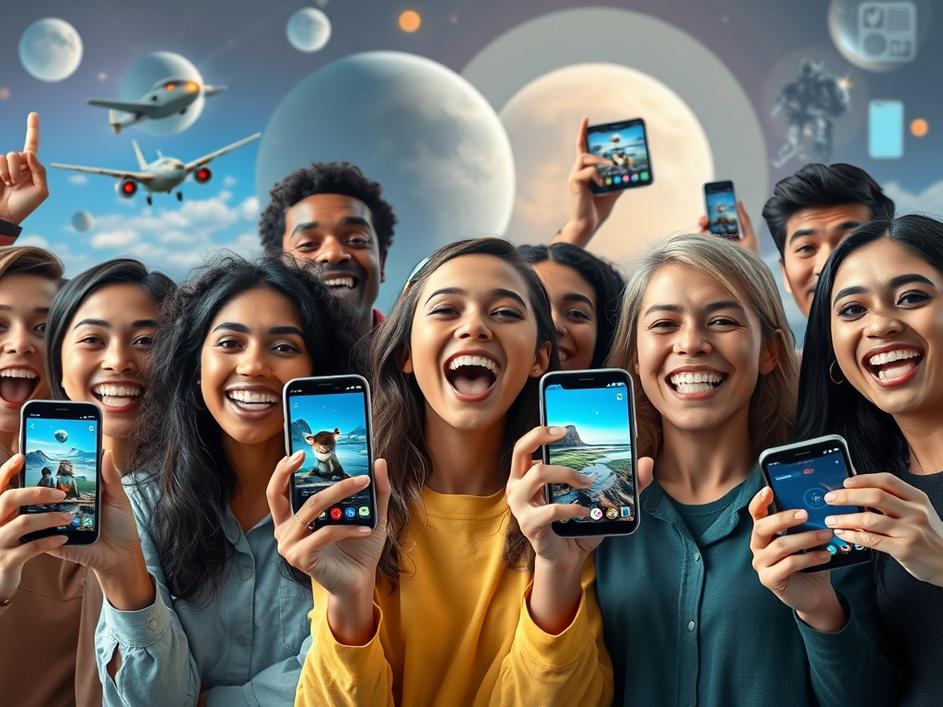


We are a digital agency helping businesses develop immersive, engaging, and user-focused web, app, and software solutions.
2310 Mira Vista Ave
Montrose, CA 91020
2500+ reviews based on client feedback

In the fast-moving world of artificial intelligence, where new breakthroughs seem to happen every week, certain relationships stand out. One of the biggest, and perhaps most talked about, is the one between Microsoft and OpenAI. These two giants have been working together for a while now, pushing the boundaries of what AI can do. But recently, things got even more official. They announced a new, more formalized agreement, and OpenAI also finished some big internal changes. This news isn’t just a corporate update; it’s a huge signal about where AI might be headed, how it\\”s developed, and who gets to shape its future. It brings up a lot of questions about how big tech companies will work with the cutting-edge labs that create these powerful tools. It also makes us wonder about the delicate balance between making money and doing good for everyone, especially when it comes to something as impactful as advanced AI.
What's Included?
ToggleThe core of this recent announcement is a new agreement between Microsoft and OpenAI. Think of it less like a simple handshake and more like a detailed plan for their shared journey forward. This isn’t just about Microsoft putting money into OpenAI; it\\”s about a deeper alignment of their work. On OpenAI\\”s side, they finished a big internal restructuring. They\\”re now more clearly set up with a public benefit corporation aspect. This move is significant because OpenAI started as a non-profit, aiming to build AI safely and for everyone\\”s good. Bringing in a strong for-profit structure while also keeping a public benefit focus shows a complex balancing act. It means they\\”re trying to find a way to fund the incredibly expensive work of creating advanced AI, which needs huge computing power and top talent, without losing sight of their original mission to develop AI that helps society, not just shareholders. This new setup makes their relationship with Microsoft even more intertwined, creating a clear pathway for how they\\”ll develop and deploy AI technologies together.
This evolving structure at OpenAI, with its blend of for-profit activities and a public benefit mission, is truly fascinating. It highlights one of the biggest challenges in developing powerful AI today. On one hand, creating models like ChatGPT or advanced image generators requires massive investment. We\\”re talking about billions of dollars in research, development, and the kind of computing resources that only a few companies in the world can provide. This kind of financial need often pushes organizations towards traditional business models, where making a profit is key. But on the other hand, the tools OpenAI is building have huge implications for society. They can change industries, impact jobs, and even affect how we think and learn. Because of this, many people believe AI development should prioritize safety, ethics, and broad access over pure financial gain. So, this new agreement and restructuring are an attempt to walk a tightrope. Can OpenAI secure the necessary funding and resources through a more commercial approach, thanks to Microsoft, while still holding onto its core promise to make AI that benefits all of humanity? It\\”s a tough question, and the answer will likely shape how we view the ethical development of AI for years to come.
For Microsoft, this deepened relationship with OpenAI is more than just a smart business move; it\\”s a cornerstone of their long-term strategy. In the global race for AI leadership, having direct access to cutting-edge models like those developed by OpenAI gives Microsoft a massive advantage. It means they can integrate these powerful AI capabilities directly into their own products, from their Azure cloud services to their office software and search engines. This helps them compete fiercely with other tech giants like Google and Amazon, who are also investing heavily in AI. By becoming the primary cloud partner for OpenAI, Microsoft secures a key position at the very heart of the AI revolution. It\\”s about providing the infrastructure, the computing muscle, that powers these advanced systems. This isn’t just about selling more cloud space; it’s about making their entire ecosystem more intelligent, more appealing, and more indispensable to businesses and individual users alike. Essentially, Microsoft is doubling down on AI, betting big on OpenAI\\”s innovation to drive its own growth and secure its place at the forefront of the technology landscape.
OpenAI has come a long way since it first started. It began as a research lab with a very clear, ambitious goal: to ensure artificial general intelligence (AGI) benefits all of humanity. In its early days, it was a mostly academic, non-profit effort, focused purely on fundamental research. But as their work progressed and the potential of AI became clearer, they ran into a practical problem: building truly advanced AI is incredibly expensive. The sheer scale of the computing power, the data, and the specialized talent needed meant they couldn’t just rely on grants and donations forever. This pushed them to create a “capped-profit” structure, allowing them to raise significant capital while still trying to keep their original mission in mind. Now, with this completed restructuring and closer tie to Microsoft, OpenAI is moving further into a hybrid model. It\\”s a recognition that to scale their ambitions, to bring these powerful tools to the world, they need the resources and stability that a major corporate partner like Microsoft can provide. The challenge for OpenAI now is to maintain its nimble, research-driven culture and its ethical compass while navigating the demands and opportunities of a more formalized commercial partnership.
This deeper connection between Microsoft and OpenAI isn’t just news for boardrooms; it has real implications for everyone who uses or interacts with AI, which, let\\”s face it, is almost everyone now. For developers, it means more robust tools and platforms might become available, speeding up innovation across various industries. For businesses, it could lead to even more powerful and accessible AI solutions, helping them automate tasks, analyze data, and create new services. But there\\”s also a bigger picture. This partnership could set a precedent for how powerful AI is developed and controlled. Will it lead to more concentrated power in the hands of a few tech giants? Or will it accelerate AI development so much that benefits quickly spread to everyone? It also puts a spotlight on AI safety and ethics. As AI becomes more integrated into our lives, ensuring it\\”s developed responsibly is more critical than ever. The balance Microsoft and OpenAI strike between profit, innovation, and ethical considerations will serve as a model, or a warning, for the entire AI community. It\\”s a moment that could shape not just the next few years of AI, but the very nature of our technological future.
The agreement between Microsoft and OpenAI marks a significant point in the story of artificial intelligence. It shows a growing understanding that developing truly advanced AI requires immense resources, making collaborations between cutting-edge labs and major corporations almost inevitable. The challenge, and the opportunity, lies in how these powerful entities balance the drive for innovation and profit with the crucial responsibility of building AI that serves the greater good. This partnership is a testament to the fast pace of change in AI, and it asks all of us to consider what kind of future we want to build with these powerful new tools. It\\”s a journey that will certainly be watched closely by the whole world.



Leave a reply